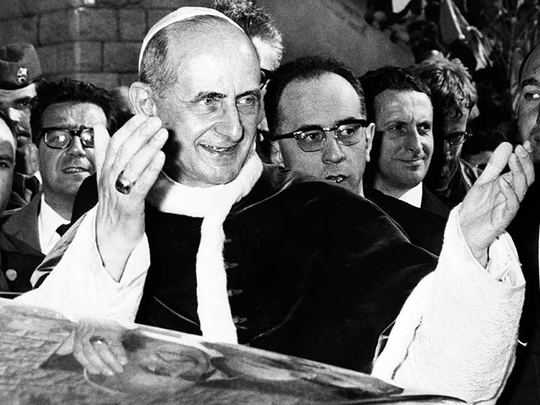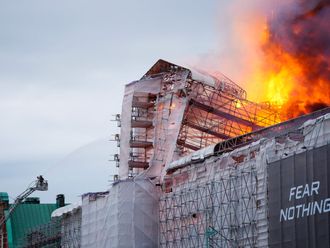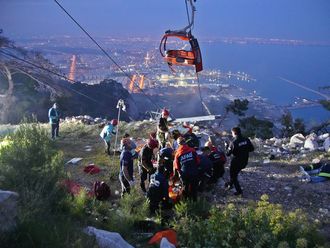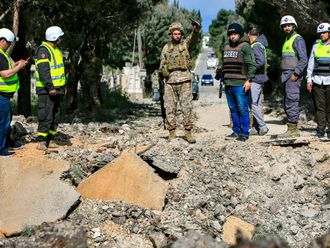
VATICAN CITY: Pope Paul VI, who oversaw sweeping reforms of the Catholic Church in the 1960s, will be made a saint along with a Salvadoran archbishop who was shot dead while celebrating mass, the Vatican said on Wednesday.
Pope Francis signed decrees giving the go-ahead for the honours on the basis of miracles attributed to each candidate, the Holy See said in a statement.
The pope put Paul VI on the path to sainthood by beatifying him in October 2014, while Oscar Romero was likewise elevated to the status of “blessed” in May 2015.
Paul VI completed the reforms of the Second Vatican Council, or ‘Vatican II’, which revolutionised the relationship between Catholic believers and priests and opened the Church to dialogue with other religions.
Mass, historically celebrated in Latin, was translated into local languages and priests addressed their congregations face-on instead of facing the altar.
Paul VI is credited with being one of Pope Francis’ role models, a humble man to whom the Argentine pope frequently refers in his speeches. At the beatification mass, Francis had hailed him as a “brave Christian”.
Giovanni Battista Montini, a soft-spoken cardinal from northern Italy, was elected pope in 1963, adopting the name Paul VI. He was pope for 15 tumultuous years, which saw many believers and priests leave the Church as social rebellions swept across the West.
Overly cautious
His papacy was marked by growing secularisation and social liberation, and while the polarised politics of the Cold War did little to ease his task he was also hampered by a reputation for being overly cautious.
He reaffirmed the Church’s ban on artificial contraception — despite the fact that his own birth control commission, set up to advise the Vatican, voted overwhelming to lift the prohibition.
The decision enraged many Catholics at a time when believers were embracing sexual freedom and women were demanding the right to use the birth control pill.
Romero, murdered in 1980, was beatified in San Salvador, the capital of El Salvador in Central America, in front of 200,000 worshippers.
Cardinal Angelo Amato read out a letter from the pope proclaiming to the frenzied crowd that Romero “henceforth is called blessed.”
‘Wise pastor’
Then US president Barack Obama welcomed the beatification, calling Romero “a wise pastor and a courageous man who persevered in the face of opposition from extremes on both sides”.
Romero’s assassination occurred at the outset of El Salvador’s civil war and propelled the country deeper into a brutal conflict that raged until 1992.
No one was ever convicted of Romero’s killing, but a UN-sponsored truth commission later concluded it was carried out by a right-wing death squad under the orders of a former army officer who died the year the war ended.
The movement to make Romero a saint was long resisted by conservative Catholics and the Salvadoran right, who saw veiled Marxism in his sermons eulogising the poor and radio broadcasts condemning government repression.
The petition languished for years in the Vatican, finally moving forward in February 2015 when Pope Francis named Romero a martyr of the Church — less than a year after his own election to the papacy.












